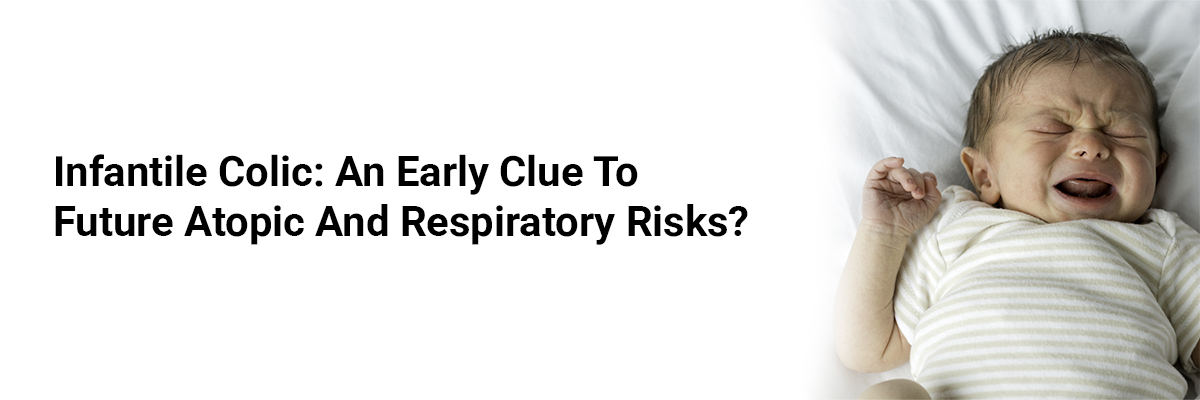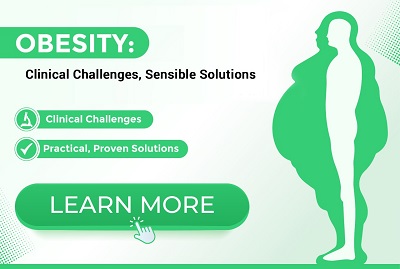
Infantile Colic: An Early Clue to Future Atopic and Respiratory Risks?
Emerging
evidence suggests that infantile colic characterized by unsoothable crying and
perceived abdominal discomfort, may be more than a developmental phase. Among
1,249 children followed from infancy through mid-adolescence, those with a
history of colic (26%) showed significantly higher risks of eczema (relative
risk ratio [RRR], 2.1), allergic rhinitis (RRR 1.6), and asthma (RRR 1.6) in
mid-childhood, alongside increased respiratory infections in both toddlerhood
and adolescence.
Notably,
the likelihood of having two or more concurrent atopic conditions was nearly
doubled across all stages of development in the colic group. In contrast,
excessive crying without colic showed no association with atopic or respiratory
outcomes. These findings highlight colic as a potential early marker of atopic
predisposition, warranting closer monitoring and proactive skin and respiratory
care in affected infants.
Source: Switkowski, K.
M., Oken, E., Simonin, E. M., Nadeau, K. C., Rifas-Shiman, S. L.,
&Lightdale, J. R. (2025). Associations of infant colic and excessive crying
with atopic outcomes in childhood and adolescence. The Journal of Pediatrics,
283(114623), 114623. https://doi.org/10.1016/j.jpeds.2025.114623













Please login to comment on this article